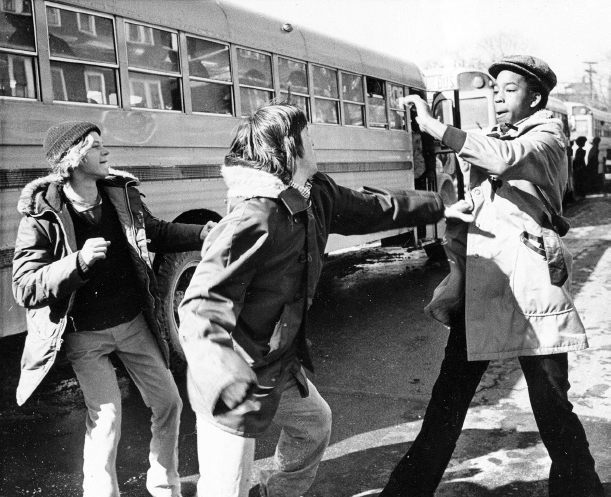How did the Nixon presidency reflect the rise of postwar conservatism?
Printed Page 898
RICHARD NIXON ACQUIESCED IN CONTINUING most Great Society programs and even approved pathbreaking environmental, minority, and women’s rights measures. Yet his public rhetoric and some of his actions signaled the country’s rightward move. Whereas Kennedy had appealed to Americans to contribute to the common good, Nixon invited Americans to “ask — not just what will government do for me, but what can I do for myself?” His words invoked individualism and reliance on private enterprise rather than on government, preferences that would grow stronger in the nation during the 1970s and beyond, as a new strand of conservatism joined the older movement that focused on anticommunism, a strong national defense, and a limited federal role in domestic affairs. New conservatives wanted to restore what they considered traditional moral values.
Just two years after Nixon won reelection by a huge margin, his abuse of power and efforts to cover up crimes committed by subordinates, revealed in the so-called Watergate scandal, forced the first presidential resignation in history. His successor, Gerald Ford, faced the aftermath of Watergate and severe economic problems, which returned the White House to the Democrats in 1976.
CHRONOLOGY
1968
- – Richard Nixon is elected president.
1969
- – Warren E. Burger is appointed chief justice of Supreme Court.
1971
- – Nixon vetoes child care bill.
1972
- – Nixon campaign aides are arrested at Watergate.
- – Nixon is reelected president.
1974
- – Nixon resigns; Gerald Ford becomes president.
- – Ford pardons Nixon.
1976
- – Jimmy Carter is elected president.
1978
- – Regents of University of California v. Bakke.
